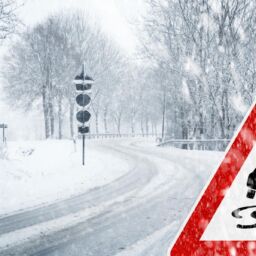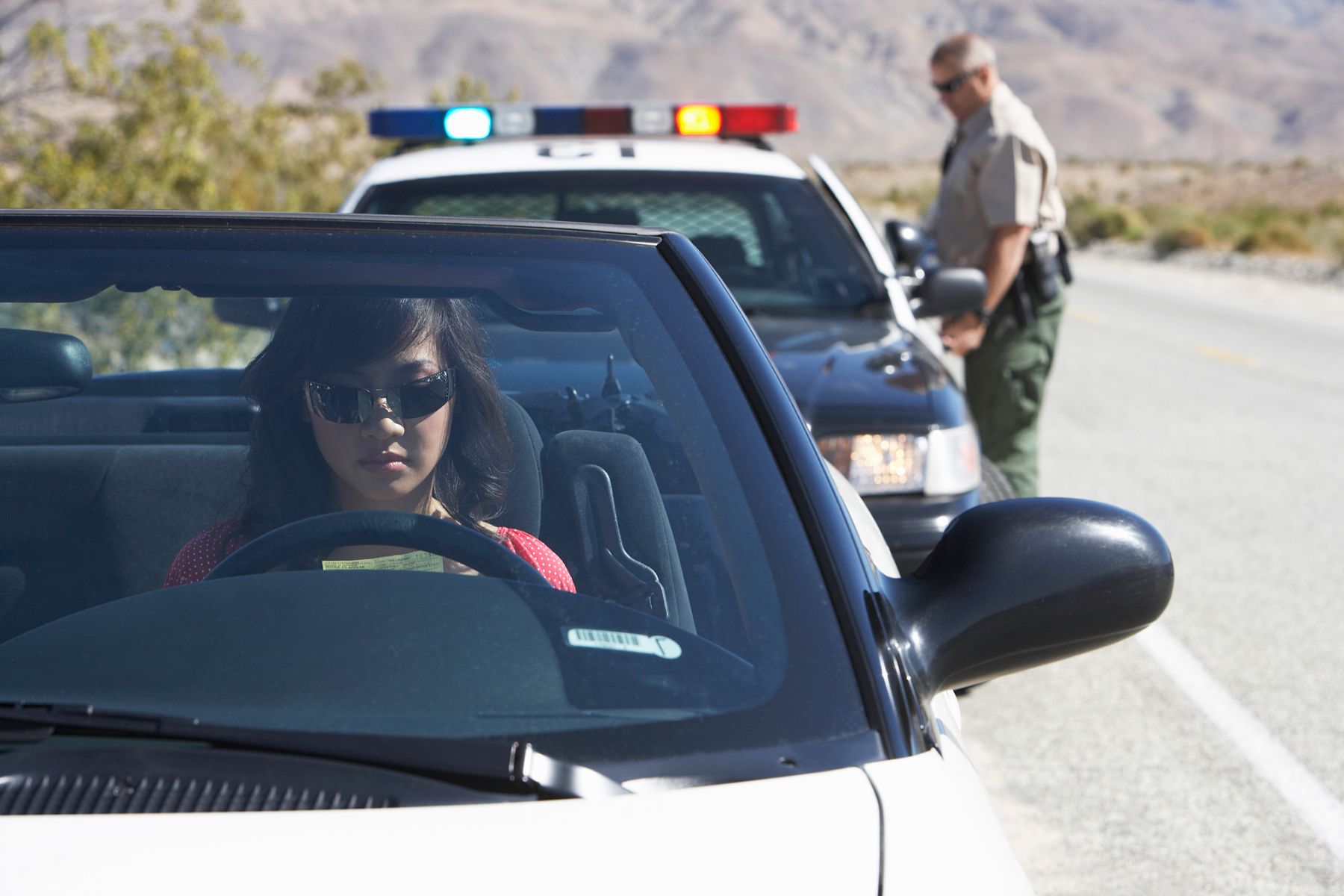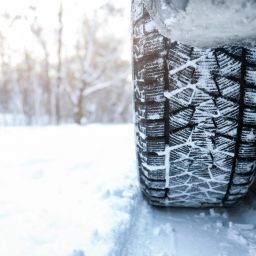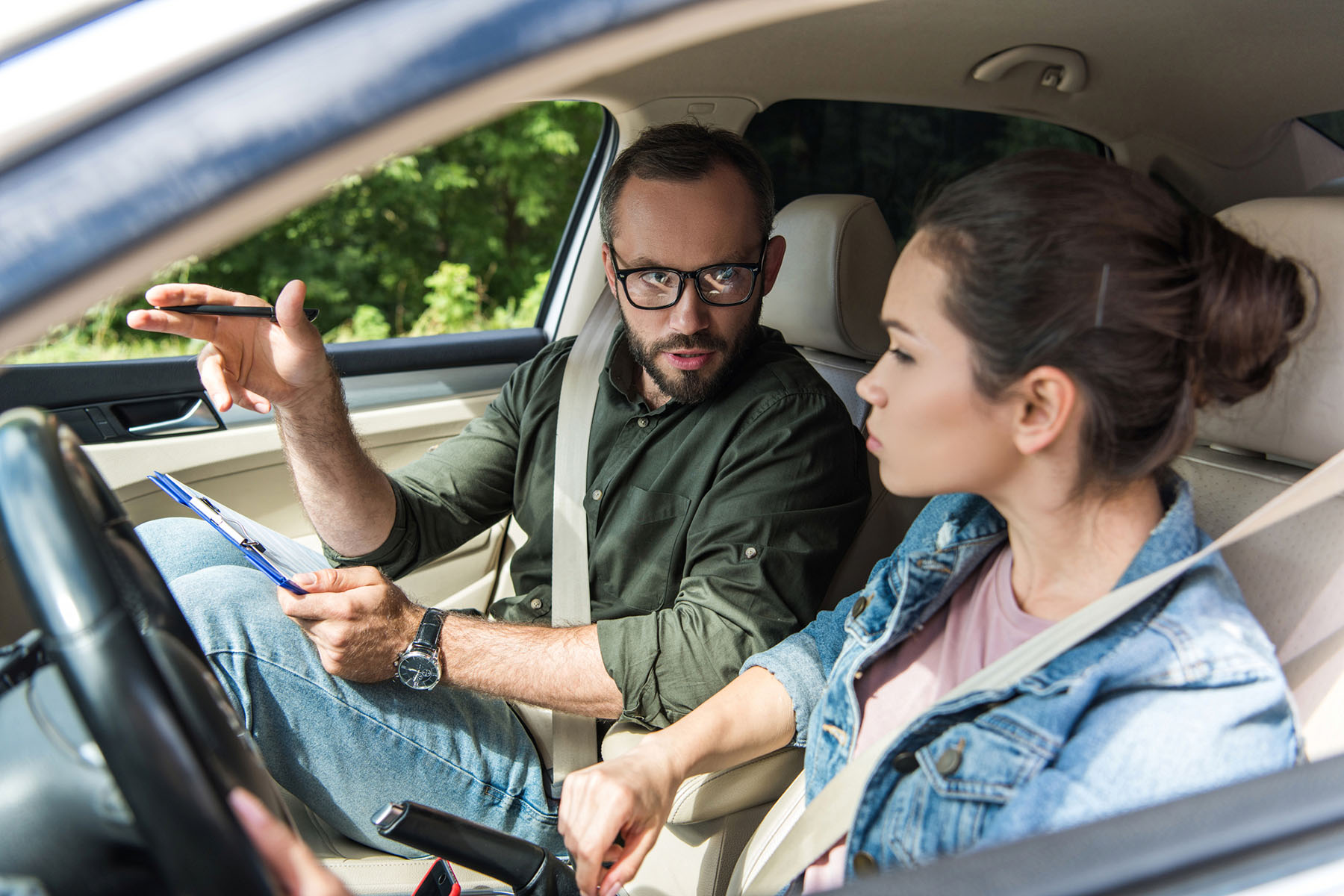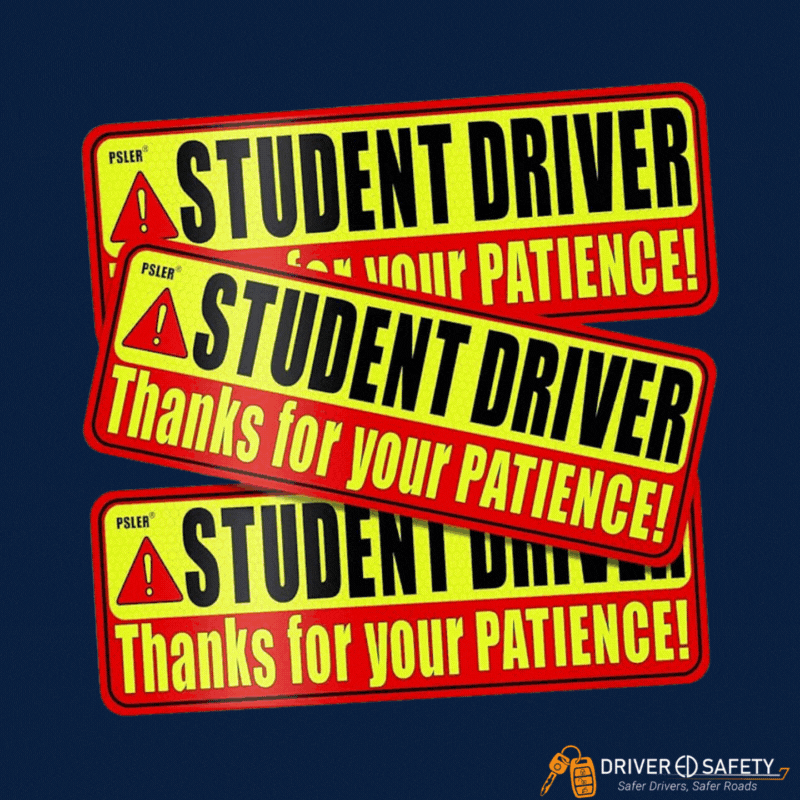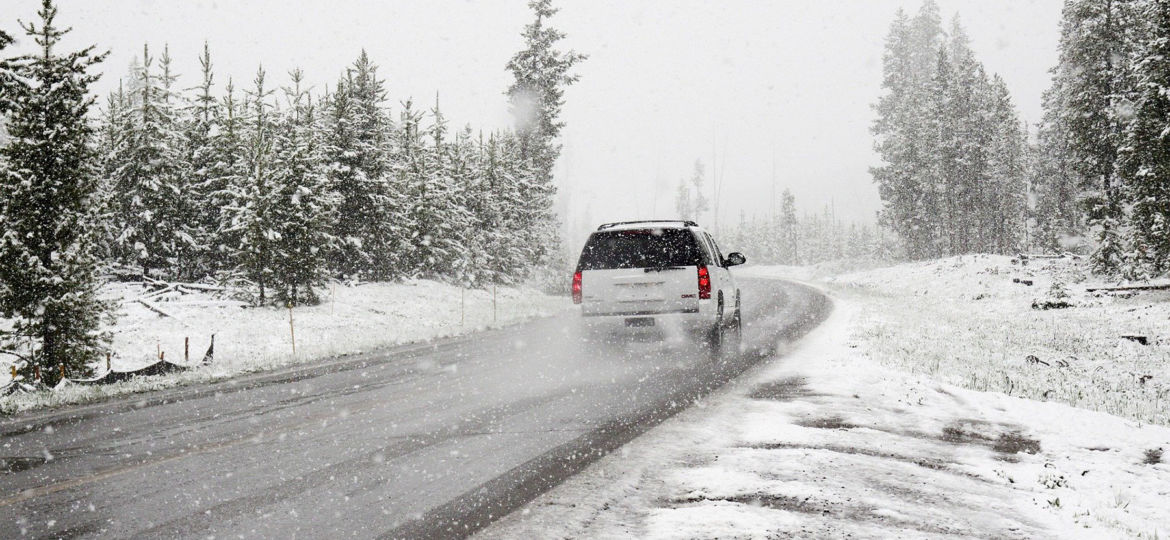
Whether you love it or hate it—wintertime is here! From sledding to hot chocolate by the fireplace, there are a lot of snowy activities to enjoy. Unfortunately, winter driving is not one of them. In fact, the Federal Highway Administration estimates that up to 24% of weather-related crashes occur in the snow and ice. Nearly 120,000 people are injured each year on icy pavement. In 2022 alone, the NHTSA reports that 498 fatal crashes occurred in wintry conditions.
Whether you’re a new driver or a seasoned pro, it’s always a good idea to get familiar with these tips for safe winter driving. There’s too much at stake not to make safety your first priority!
ASSESS THE DRIVING CONDITIONS
Our number-one tip for safe winter driving? Assess the weather and driving conditions before getting on the road. If there’s heavy snow and ice on the radar, avoid getting on the road. Plan ahead—not only should you be checking the conditions at the time of your departure, but any later times you plan on driving that day. Not driving is always safer than getting behind the wheel in less-than-optimal conditions. Monitor the weather and decide if the trip is really worth it before you set out.
BE PREPARED
While you should always get maintenance on your car to ensure it’s in good shape, it’s even more important to take care of your vehicle when it gets colder. Keep your gas tank at least half full, replace your windshield wipers, check your tire treads and pressure, and keep a car emergency kit in your trunk. According to OSHA, having items like blankets, a flashlight, jumper cables, a small shovel, and sand or cat litter (to help tires get traction) on hand can make all the difference in an emergency. If you’re traveling on remote roads, it’s also advisable to bring water bottles and non-perishable snacks.
ICE SCRAPERS AND DEFROSTING TIME
Another essential piece of winter car equipment is an ice scraper. Before taking off, scrape the snow and ice off all of your windows and outside mirrors, and make sure your headlights and brake lights aren’t covered either. Turn on your defroster to help melt the ice off your windows and, as a bonus, warm up your car’s interior. Even more effective is a snow shield, conveniently covering your windshield from any snowfall or ice while parked outside. Plan ahead this winter—leave at least five minutes earlier than usual to account for the time it takes to defrost the car.
USE YOUR SENSES (LITERALLY)
Keep an eye on the road and pay attention to how your car handles as you drive. Even if the street has been plowed and looks safe, there could still be ice patches blending into the pavement. Stay on the safe side and drive as if the road is littered with ice patches (because it very well could be). Take special care when going over bridges since cold air can flow underneath and keep them icy longer than the rest of the road. In addition to the traditional five senses, don’t forget to keep a healthy dose of common sense. If something seems dangerous, it probably is. You’re always better safe than sorry!
EASY DOES IT
When it comes to getting your car in motion, be sure to accelerate and decelerate slowly, and don’t press on your gas and brake pedals too hard. Instead, tap them softly to avoid skidding or spinning your wheels.
You should also be extra wary of stopping distances and give yourself plenty of time to slow down and stop without sliding. If your car begins to slide, how you should handle it depends on the type of brake system your vehicle has.
If your car has an anti-lock brake system (ABS), you should firmly press on the brake pedal and hold it. On the other hand, drivers without ABS will need to pump the brakes to keep the car as straight as possible.
DISTANCE IS YOUR FRIEND
Stay as far from other motorists as possible, especially during winter weather. In good conditions, you should maintain a 2-3-second distance behind the car ahead of you. Safe Motorist says your following distance should increase to at least 5-6 seconds in wintery or icy conditions.
IN THE CASE OF SLIDING
If you do end up sliding, steer in the direction of the skid. That way, when you regain traction, you won’t overcorrect and drift out of your lane. If you’re able to slow down and pull over safely, do so by repeatedly tapping the brakes instead of holding the pedal down. When you pump the brakes, it keeps the wheels from locking up and helps you maintain control of your vehicle.
It’s vital to remain calm in these types of situations. After all, getting overly stressed will only cloud your judgment and make you prone to poor decisions. But by reviewing these steps and getting plenty of practice, you’ll gain confidence and become better equipped to handle wintry conditions.
Driving takes a lot of responsibility in the best conditions, and that responsibility just grows as the roads deteriorate. Above all else, remember to take your time and be careful—your loved ones and every other driver will thank you.
CHECK FOR RECALLS
Before ever getting behind the wheel (rain, shine, or snow), it’s a good idea to check for active recalls. It’s possible a manufacturer’s error could make your vehicle especially dangerous to drive in wintry conditions. Fortunately, checking for recalls is as simple as entering your VIN (Vehicle Identification Number) into the NHTSA’s Recall Look-up Tool. The good news is that you can often get repairs due to recalls done for free.
GIVE THE GIFT OF SAFETY
This holiday season, give the gift that keeps on giving–safety. Whether it’s for you, your teen driver, or a friend who recently earned their license, gifting safety and preparedness driving accessories never goes out of style and makes for the perfect stocking stuffers.
If you’re looking for gift ideas, we’ve got you covered. Browse our favorite products from Amazon. From accessories and car tools like the Trunk Organizer or Scissor Jack, these products help equip drivers with the resources to be prepared for unexpected situations and stay safe on the road.
DRIVE SAFER WITH DRIVER ED SAFETY
Learn to drive in all conditions today with our Online Course and Behind the Wheel lessons. Take advantage of winter break to get those hours in. Get started today!


